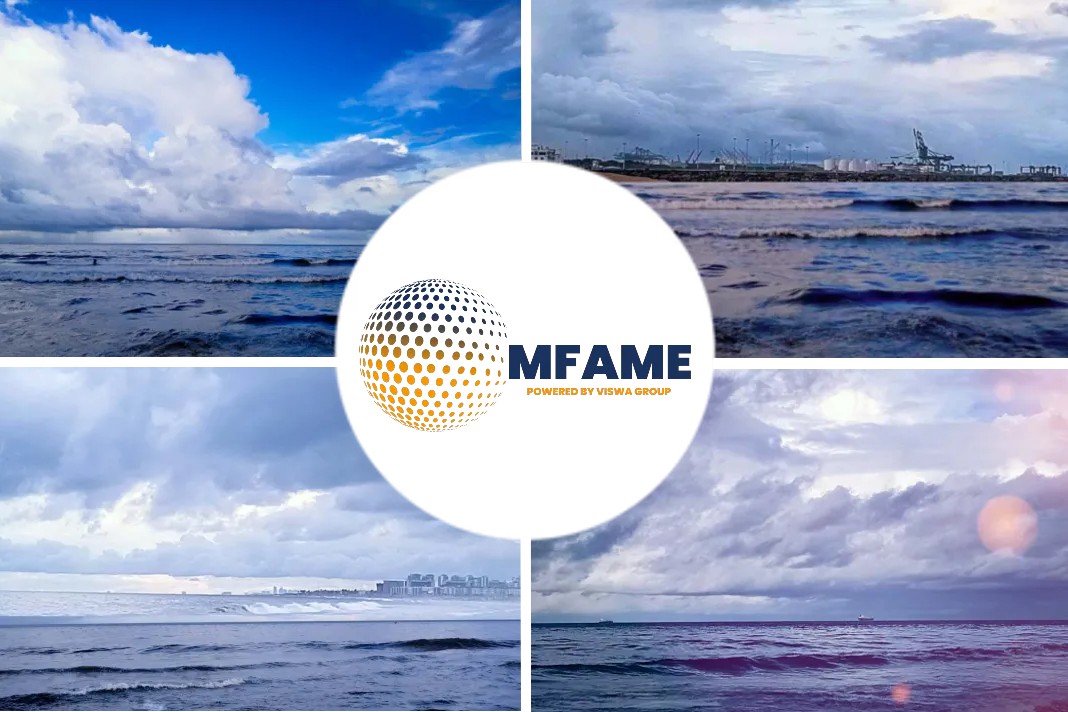Insurers will be able to use sophisticated container tracking technology to bring the advantages of car “black boxes” to the marine sector, more precisely assigning risk and compensating responsible operators.
Voyage challenges
Insurers must make complex risk calculations when costing coverage for ships and their cargo.
Premiums are based on a wide range of factors including vessel type, age and condition as well as voyage plan and cargo carried.
How the voyage is carried out has a huge influence, as does the exact route and condition of the vessel along the way.
With limited visibility during the voyage, it can be challenging for insurers to accurately reflect the value of safe ship operations and good cargo practice in their premiums or to assign liability when claims are made.
Modern container tracking technology has the potential to cast new light on many of the factors affecting premiums and claims that have until now remained unseen.
The ability to track containers has evolved from the simple use of vessel location data to complete asset-tracking functionality.
Damaged containers
When containers are damaged – for example by an intrusion or impact – a full range of sensors means the damage can be flagged and assessed immediately, potentially saving the cargo inside and safeguarding other cargo onboard.
A full sensor suite also makes tracing the root cause of the incident easier.
As well as showing location, operators can see when doors were opened, what ambient temperatures were in the container and whether any shock impacts were measured.
Placing liability correctly becomes less onerous than conventional resource-heavy insurance claims and is supported by operators’ capability to perform intermediate checks on containers remotely, meaning more frequent checks without additional burden on ship crews.
Ultimately, monitoring for exceptions onboard and inland can be automated so that human intervention is only necessary after an alert is received from a smart container.
Mutual benefits
Greater connectivity is changing the way the sector thinks about insurance.
The automotive industry is a forerunner in this area.
Combining location tracking and telemetry that can track speed and direction, these onboard devices transmit easily accessible information on how safely drivers are using their vehicles.
The number of people needed to manage the insurance process is reduced as data can be gathered automatically if claims need to be ratified.
This should translate into lower premiums for those operators that demonstrate best practices when caring for their container assets.
The technology to apply this solution in shipping already exists.
While some may argue that it will be difficult to get ship owners to buy into solutions that rely on data transparency, the fact of the matter is that the market for such solutions also exists already.
In April, Hapag-Lloyd became the first liner shipping company to adopt Orbcomm and Nexxiot’s new dry container telematics solutions as part of the line’s ground-breaking initiative to make its entire container fleet “smart”.
Hapag-Lloyd’s requirements for a future-proofing technology that ensures compliance with certified-safe maritime industry standards, reporting longevity, update flexibility and easy installation were met by both Orbcomm and Nexxiot.
From this application, it is only a small step to see how this information can be harnessed to improve visibility for insurers.
A fit-for-purpose solution
It would be remiss to talk about market readiness to use such devices without talking about costs, value and reliable data gathering, which have been the primary hurdles to the adoption of container monitoring in the dry sector (unlike the refrigerated cargo sector where data-led monitoring is more commonplace).
The latest sensor solutions offer advanced connectivity and power technologies that are cost-effective and easy-to-apply.
As a result, insurance providers can recommend the use of this type of solution without worrying about placing a financial burden on ship operators.
I firmly believe that container monitoring solutions will be in use across the majority of the global fleet in the next three-five years.
After all, it is only fair that we encourage the best behaviour by rewarding those that put in the effort and identifying those that must improve their standards if they wish to remain competitive.
Did you subscribe to our newsletter?
It’s free! Click here to subscribe!
Source: The Loadstar


























